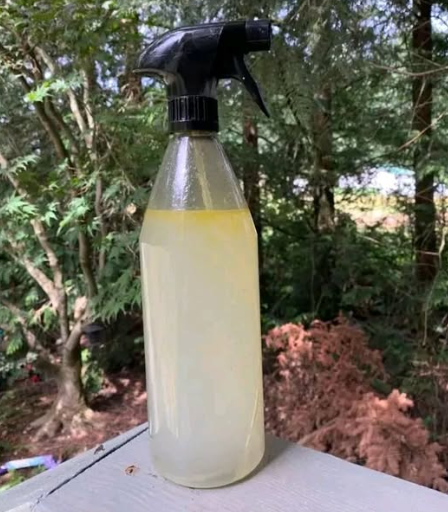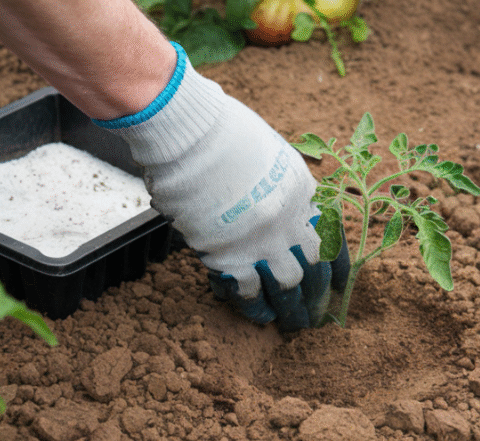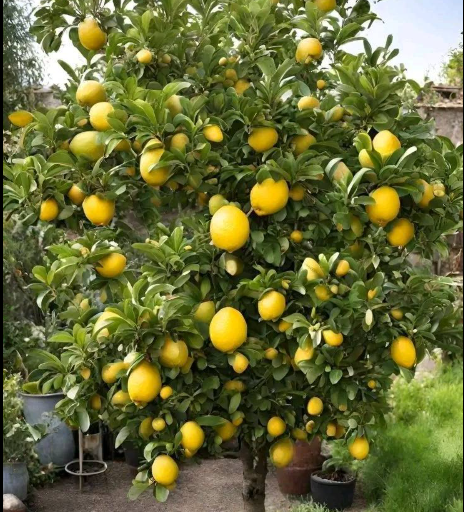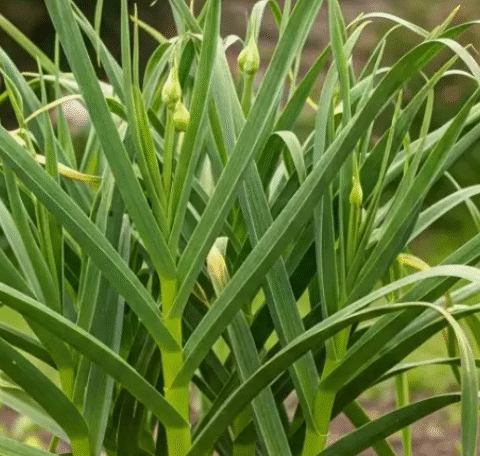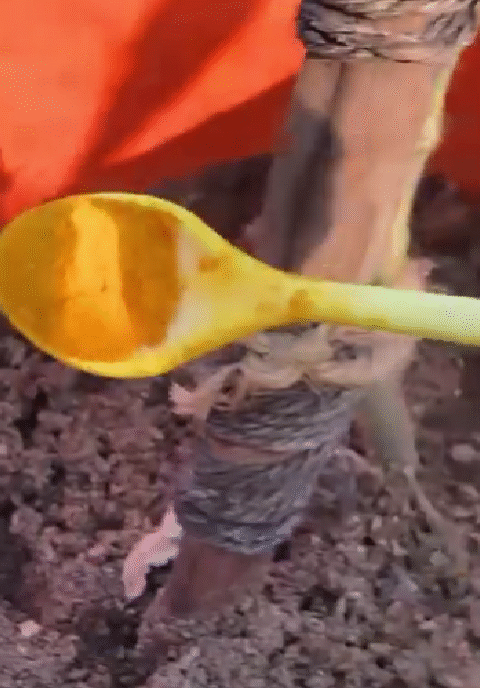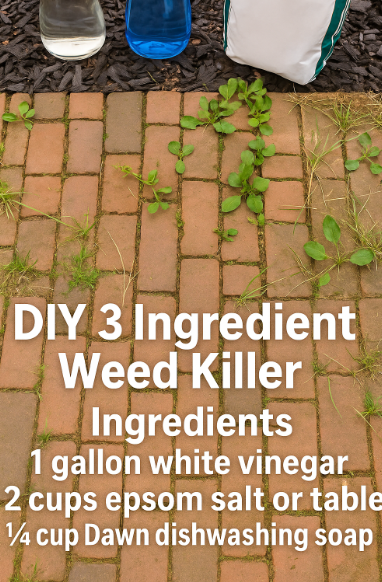DIY Homemade Bug Spray for Plants — Safe, Natural & Effective! 🐛🚫
Looking for a gentle yet effective way to protect your plants from pesky bugs? This homemade bug spray is a gardener’s dream—it’s **natural, safe for edible plants, and tough on pests**. Whether you’re battling aphids, spider mites, or whiteflies, this simple DIY solution is powerful enough to keep your garden healthy without harming your soil, pets, or pollinators. 🌱🐝
Let’s explore how to make and use this all-natural insect spray using ingredients you probably already have at home.
—
Why Go Natural With Plant Pest Control? 🌿
Many store-bought garden pesticides contain synthetic chemicals that can linger in the environment, leach into the soil, or harm beneficial insects like bees and ladybugs. This homemade bug spray offers a **safer, eco-friendly alternative** that’s easy to whip up and gentle on your greens.
Benefits of This Natural Plant Spray:
– ✅ Safe for vegetables, herbs, and houseplants
– ✅ Non-toxic to humans and pets (when used properly)
– ✅ Eco-friendly and biodegradable
– ✅ Budget-friendly using ingredients you already own
– ✅ Helps repel common garden pests without harming beneficial insects
—
What You’ll Need for This Bug Spray 🧴
- ✔️ 2 cups warm water
- ✔️ 1 tablespoon mild liquid dish soap (like Castile or blue Dawn)
- ✔️ 1 tablespoon neem oil (optional but highly effective)
- ✔️ Spray bottle
- ✔️ (Optional) A few drops peppermint or eucalyptus essential oil
Each ingredient plays an important role in deterring pests while protecting your plants.
—
How to Make the Spray 🛠️
Step-by-Step Instructions:
- Fill a clean spray bottle with **2 cups of warm water**.
- Add **1 tablespoon of mild dish soap** (avoid detergents or degreasers).
- Add **1 tablespoon of neem oil** for extra pest-fighting power (optional but recommended).
- (Optional) Add a few drops of **peppermint or eucalyptus essential oil** for enhanced pest deterrence and a pleasant scent.
- Shake the bottle well before each use to mix the ingredients thoroughly.
That’s it! You now have an effective, natural bug spray that works great in any garden.
—
How to Use This Plant Bug Spray Effectively 🌞🌿
– Spray in the **early morning or evening** to avoid leaf burn.
– Focus on the **top and underside** of leaves where pests like to hide.
– Reapply every **2–3 days** or after heavy rain.
– Avoid spraying in **full sun** to prevent scorching your plants.
– For best results, **test a small leaf area first** to ensure your plant tolerates the mix.
—
Why Neem Oil Works Wonders 🧪
Neem oil is a natural insecticide extracted from the neem tree. It’s a powerhouse in pest control because it:
- 🦟 Interrupts insect hormone systems
- 🍂 Repels chewing and sucking insects
- 🌿 Degrades quickly in sunlight—safe for the environment
Dr. Leila Nour, Plant Biologist:
> “Neem oil disrupts the lifecycle of over 200 types of garden pests without harming earthworms or pollinators. When combined with mild soap, it’s a safe, potent pest deterrent.”
—
Table: Key Ingredients & Their Benefits
| Ingredient | Function | Effectiveness |
|---|---|---|
| Water (warm) | Base for dissolving other ingredients | ⭐⭐⭐⭐⭐ |
| Mild Dish Soap | Breaks insect membranes; improves adhesion to leaves | ⭐⭐⭐⭐ |
| Neem Oil | Repels and kills pests; interrupts insect growth | ⭐⭐⭐⭐⭐ |
| Peppermint Oil | Repels ants, aphids, and spider mites | ⭐⭐⭐ |
—
10 FAQs About DIY Bug Spray for Plants ❓
- Is this spray safe for vegetable gardens?
Yes! All ingredients are safe for edible plants when rinsed before harvest. - Can I use this on indoor plants?
Absolutely. Just avoid over-spraying near electronics or furniture. - How often should I spray?
Every 2–3 days or after rainfall. Consistency is key! - Will this harm bees or butterflies?
No, when applied responsibly in the evening or morning when pollinators are not active. - Does it kill or just repel bugs?
Both. It repels most and kills soft-bodied pests upon contact. - How long does it last?
Mix a fresh batch every week for maximum potency. - Can I leave it in direct sun?
No—store in a cool, dark spot. Sunlight degrades neem oil quickly. - Is there a specific soap I should avoid?
Yes—avoid antibacterial, degreasing, or citrus-based soaps. Use plain, mild soaps like Castile or blue Dawn. - Does this help with fungal diseases?
Neem oil has mild anti-fungal properties but isn’t a full solution for mold or mildew. - Can I use it during flowering?
Yes—just avoid spraying directly onto blossoms to preserve pollinators.
—
What Pests Does This Spray Work On? 🐞
This spray is effective against:
- 🦟 Aphids
- 🕷️ Spider mites
- 🐛 Whiteflies
- 🪰 Mealybugs
- 🐜 Ants
- 🍃 Leafhoppers
It may also discourage mosquitoes and other insects from resting on foliage.
—
Success Stories from Real Gardeners 🌼
> “I tried this on my basil and tomato plants, and within days the aphids disappeared. Plus, it smells great!”
> – Renee H., Backyard Gardener
> “My houseplants were crawling with spider mites. One round of this spray and they were gone. Safe and effective.”
> – Tom P., Plant Enthusiast
—
Related Plant & Garden Care Articles
– ✅ [How to Make a Homemade Ant Killer with Sugar and Borax](https://www.simplyrecipes.com/diy-ant-bait-5272677)
– ✅ [Natural Fertilizers for Houseplants You Can Make at Home](https://www.simplyrecipes.com/diy-plant-fertilizer-5271123)
– ✅ [How to Clean Garden Tools Naturally](https://www.simplyrecipes.com/how-to-clean-garden-tools-5271144)
—
Final Thoughts: Safe, Natural Pest Control for a Healthy Garden 🌱✨
This DIY bug spray is your garden’s new best friend—**natural, effective, and incredibly simple to make**. With just a few ingredients, you can protect your plants from unwanted pests without compromising their health or the environment.
🧴 Gentle on greenery
🌸 Safe for pollinators
💧 Cost-effective
🌿 Perfect for organic gardening
Make it a part of your weekly garden routine and enjoy pest-free, thriving plants all season long!
